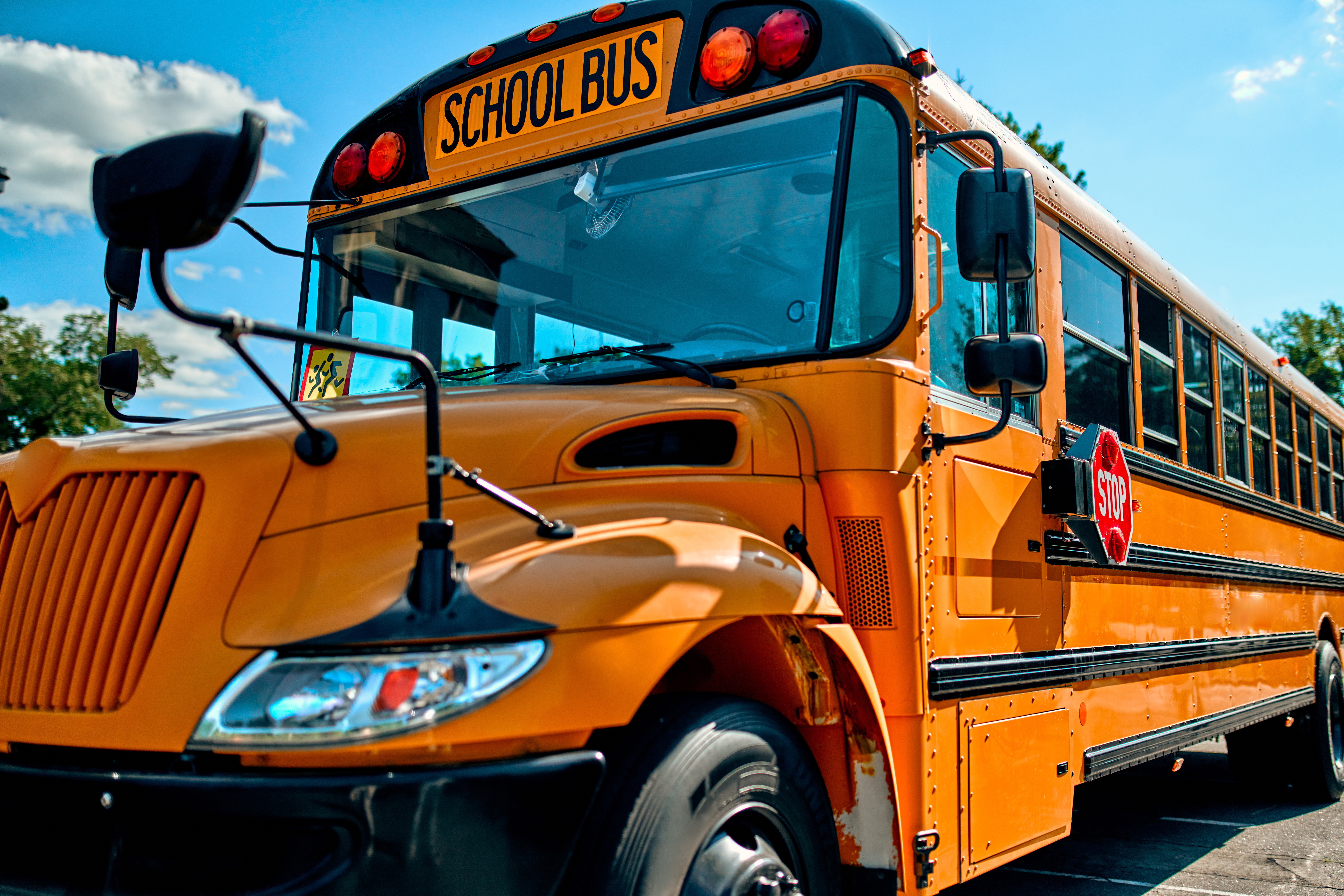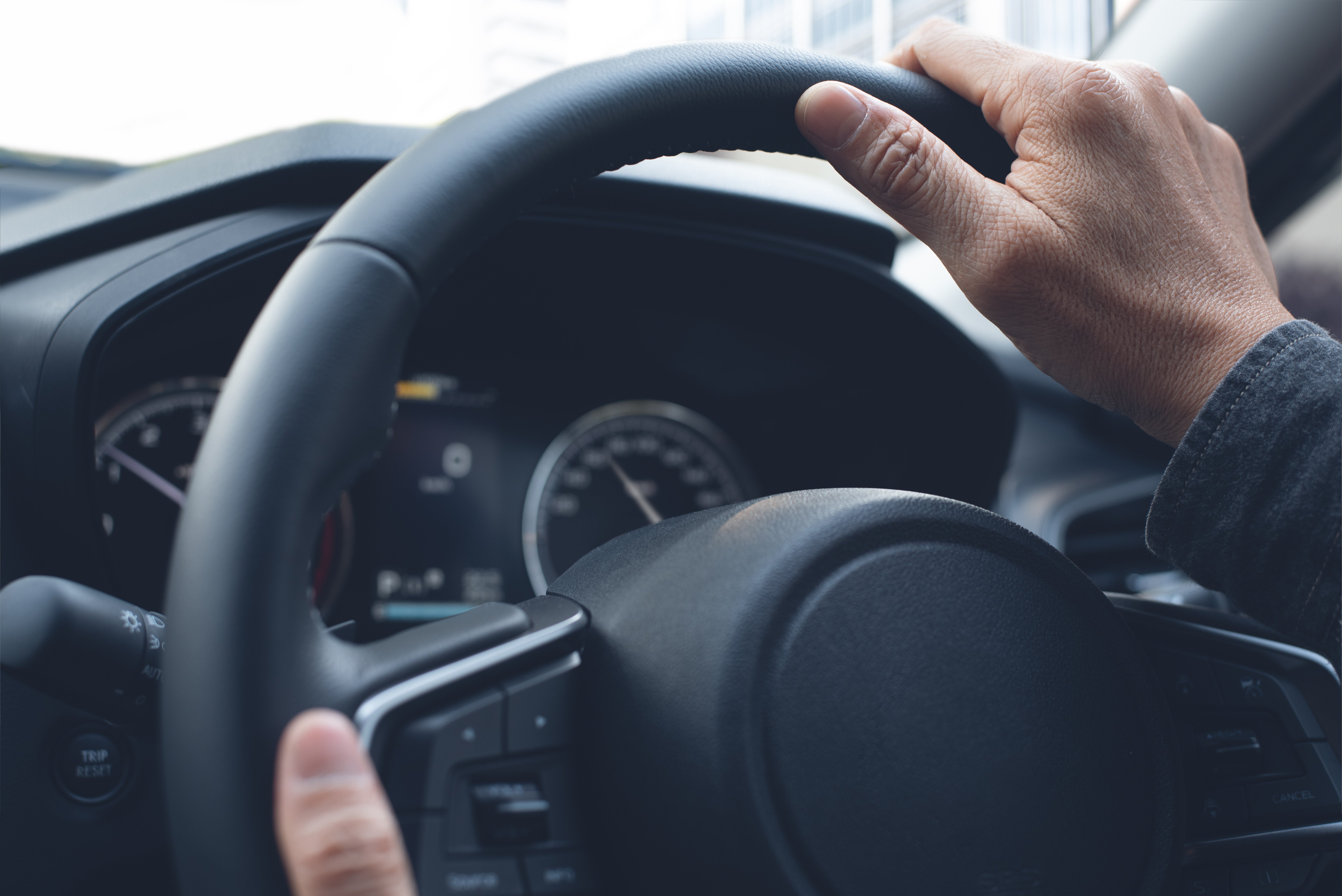
Parents and teachers spend a lot of time reminding students to practice safety when walking or riding their bikes to school. However, students aren’t the only ones who need to brush up on their safety skills as a new school year begins. It’s imperative for drivers to reacquaint themselves with safe driving practices, too.
While some of the most dangerous days of driving belong to summer, going back to school has its own set of perils for both students and drivers alike. Taking time to remind yourself of what to watch out for, and then preparing for how to handle these situations, can go a long way toward keeping everyone safer.
Practicing Safer Driving in School Zones
As a driver, you already know to follow certain safety practices in school zones. Even though zones are typically well marked and have lower speed limits posted, the National Safe Routes to School program reports that more children are hit by cars in areas close to schools. This issue underscores the need for drivers to slow down and pay attention behind the wheel.
All too often, drivers are distracted or not paying attention and drive into school zones too quickly — even though warning signs, speed bumps and flashing lights let them know they’re approaching a school zone. Learning where school zones are along your regular route will help you properly prepare for them by reducing your speed gradually.
If you’re unfamiliar with an area and are driving during times when students are likely to be going to or leaving school, slow down and pay attention to make sure you’re not in a school zone. If you are in a school zone, make sure you follow these rules:
- Know the speed limit. Not all school zones have the same speed limit. Some speed limits are as low as 10 or 15 miles per hour, while others may be 20. Look for the posted speed limit and follow them.
- Put down the phone. Driving and mobile phones don’t mix. Not only can talking on the phone or texting in an active school zone earn you a hefty fine in many states — it can be deadly. Children may not pay attention as they cross a street, so it’s crucial that drivers are always alert.
- Watch for pedestrians. Crosswalks near school zones are particularly busy before and after school, but not all of them have crossing guards, and not all students will wait to cross at the proper time. (In fact, not all students will use crosswalks!) Drive slowly and watch for pedestrians crossing the road or walking in the road. Always give the pedestrian the right of way and follow any signals given by crossing guards.
- Go slowly past parked cars. Children can appear seemingly out of nowhere when they run out from between parked cars to cross the street. Drive slowly and keep your eyes active to scan for movement not just on the street and sidewalk, but between parked vehicles as well. In this situation, the right lane may not be the lane of least resistance. When you have a choice, the center or left lane may be a better option.
When you’re driving in a school zone, you need to follow a specific set of safety measures beyond lowering your speed. Certain actions that you wouldn’t give a second thought to in other traffic situations aren’t allowed in school zones, and that includes passing another vehicle, changing lanes and making a U-turn.
Also, if you’re dropping off children at school, make sure that you don’t use handicap or emergency lanes unless you are licensed to do so.
Practicing Safety Around School Buses
School bus drivers face special challenges on the road. Bus drivers have a large vehicle that has blind spots all around and requires more time to stop. Other drivers sharing the road with buses should adopt driving habits that help make the roads safer for everyone. Here are a few important rules to remember:
- Always maintain a safe following distance. Keep as much space as possible between your vehicle and the bus in front of you. If you’re in front of a school bus, it’s important you’re paying attention to traffic and situations on the road that will prevent you from slamming on your brakes, which could create a situation where a bus driver doesn’t have sufficient braking time to avoid a crash.
- In traffic, avoid “cutting” in front of a bus. Many bus drivers leave a safe following distance between the bus and the car ahead of them to ensure a safer environment for passengers. Even if your car can fit into the space, drivers should always avoid cutting in front of a bus or transit vehicle.
- Watch for buses that are loading or unloading children. Be prepared to stop when the bus stops. The most dangerous area around a school bus is the space 10 feet around the vehicle since this radius falls into the driver’s blind spot. Be sure to stop more than 10 feet behind a school bus to allow passengers a safe space for entering and exiting.
- Never pass a stopped school bus. No matter what state you live in, it’s illegal to pass a school bus that has stopped to load or unload children. This rule includes passing a bus from either direction, so any time you approach a school bus that has stopped to pick up or unload children, you need to stop as well.
Back-to-school time is busy for parents, children and bus drivers, so each one must do their part to help make the roads safer and look out for others around them.










